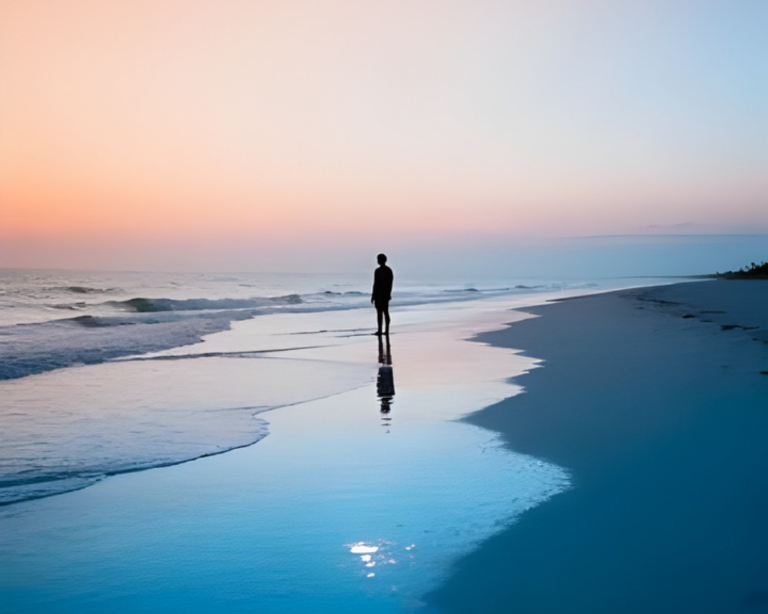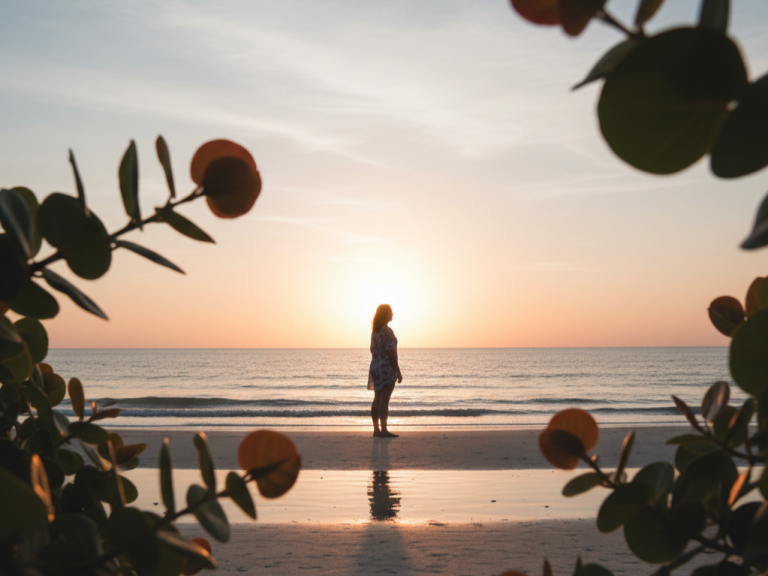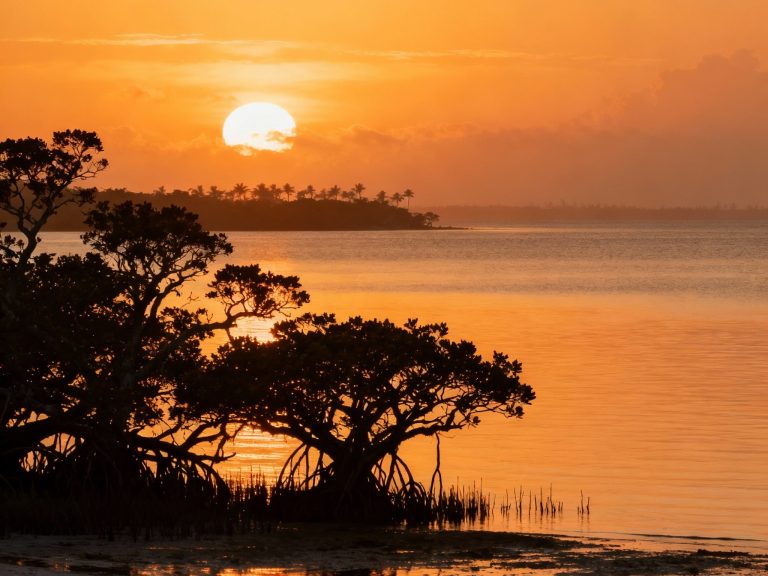You won’t believe how one flower changes color overnight…
Sanibel Island doesn’t shout for attention — it whispers.
Walk a few steps off the main path, and you’ll find gardens where time slows down, where colors shift with the sun, and where butterflies outnumber footprints.
This season, the island is alive in a way only locals know — a mix of wild and gentle, natural and surprising.
From flowers that change hues overnight to plants that sip salt like morning tea, Sanibel’s gardens are full of small miracles waiting to be noticed.
Today, we’re revealing hidden wonders blooming right now — living proof that nature still knows how to surprise us.
🌿 The Color-Changing Hibiscus
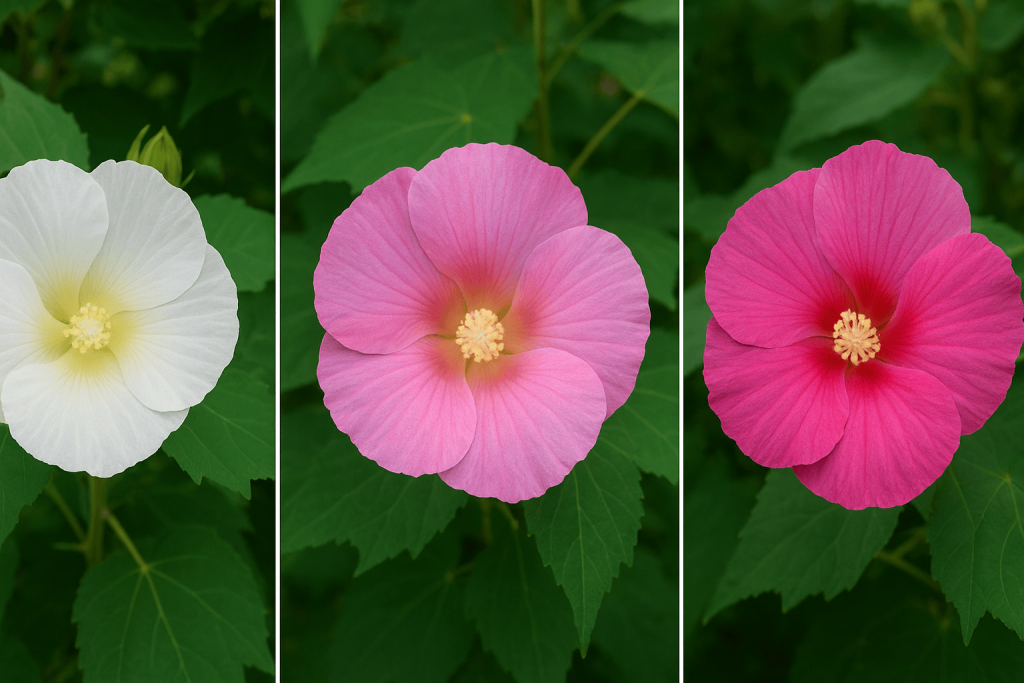
If you’ve ever walked past a Sanibel hibiscus and thought it looked different today, you’re not imagining things.
Some varieties of hibiscus — especially the Hibiscus mutabilis, also called the Confederate rose — literally change color within hours.
🌺 Morning: Soft white petals, like a new sunrise.
🌸 Afternoon: Pink blush appears as sunlight warms them.
🌷 Evening: Deep rose tones before the petals close for night.
This transformation happens because of temperature, pH, and sunlight reactions in the flower’s pigments. It’s nature’s slow-motion art show — no filters, no editing, just chemistry and beauty.
Where to find it: Wander near the island’s community gardens or the pathways leading to the Sanibel Historical Museum. Locals often plant these color-changers along fences and walkways.
Photography Tip: Visit in the morning and at sunset — take two photos from the same angle, and you’ll have your own time-lapse story of Sanibel’s magic.
🦋 The Butterfly Corridor
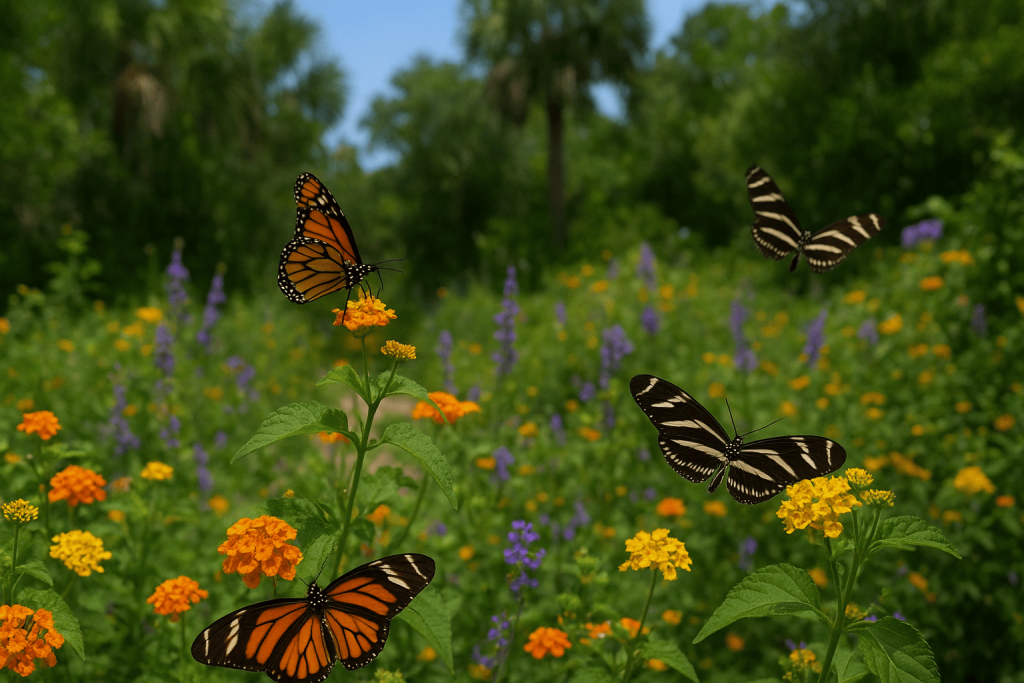
Just beyond the J.N. “Ding” Darling Wildlife Refuge lies a quiet stretch known by locals as the Butterfly Corridor.
Here, milkweed, porterweed, and wild lantana bloom together — forming a living runway for monarchs and zebra longwings.
Every fall, these butterflies migrate across the Gulf, pausing on Sanibel to feed and rest. Scientists call it a “refueling stop.” We call it breathtaking.
Stand still for a moment and you’ll notice:
- Monarchs tracing invisible paths from bloom to bloom.
- Black-and-yellow zebra longwings fluttering in pairs.
- A soft hum of bees that somehow makes the whole scene feel alive.
It’s not a curated garden — it’s nature’s choreography, set to a soundtrack of rustling palms.
Did You Know?
Butterflies can see ultraviolet light, meaning they perceive floral colors humans can’t even imagine. What looks pastel to us may be glowing neon to them.
For visitors: Bring binoculars, wear gentle colors (no neon), and avoid strong scents. Butterflies are delicate guests — quiet observers fit right in.
🌴The Salt-Loving Survivors
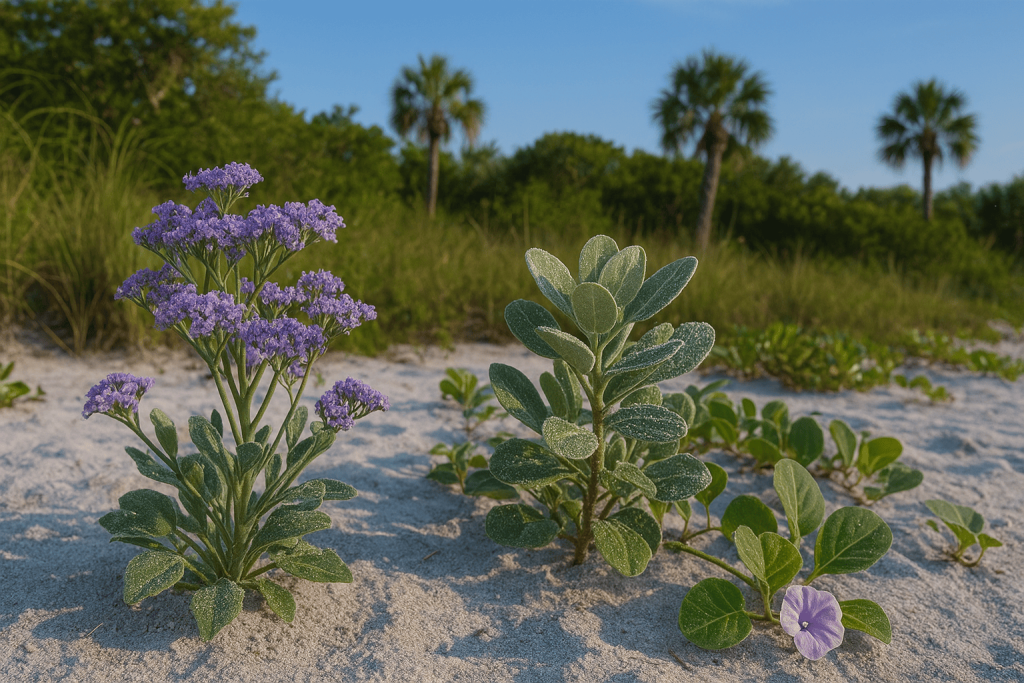
Sanibel’s blooms are beautiful — but they’re also tough. Many island plants thrive where most would wither.
Meet the sea lavender, buttonwood, and beach morning glory — the unsung heroes of Sanibel’s shoreline.
These are the salt-tolerant wonders that anchor the island’s fragile ecosystem.
They survive by storing salt in specialized glands or pushing it out through their leaves. The result? Silvery foliage that sparkles in the morning sun — a shimmer that’s not dew, but crystallized salt.
🌾 Sea Lavender: Looks delicate but stabilizes dunes with deep roots.
🌼 Buttonwood: Absorbs salt water, filters it, and helps prevent erosion.
🌸 Beach Morning Glory: Crawls across sand to keep it from blowing away.
Each plant protects the next — together, they form Sanibel’s quiet frontline against rising tides.
Local Trivia:
Long ago, Sanibel residents believed the salt crystals on buttonwood leaves were signs of “good weather ahead.” They’d rub them between fingers for luck.
Conclusion — Where Every Bloom Tells a Story
Sanibel’s gardens aren’t manicured for show — they’re alive with rhythm and resilience.
Each flower, each butterfly, each grain of salt carries its own quiet story of survival and beauty.
So next time you wander a path or pause near a patch of wild blooms, look closer.
You might just witness a color changing before your eyes — or catch a monarch mid-journey, pausing for a sip of nectar.
Because on Sanibel, even the smallest bloom has a secret worth discovering. 🌸
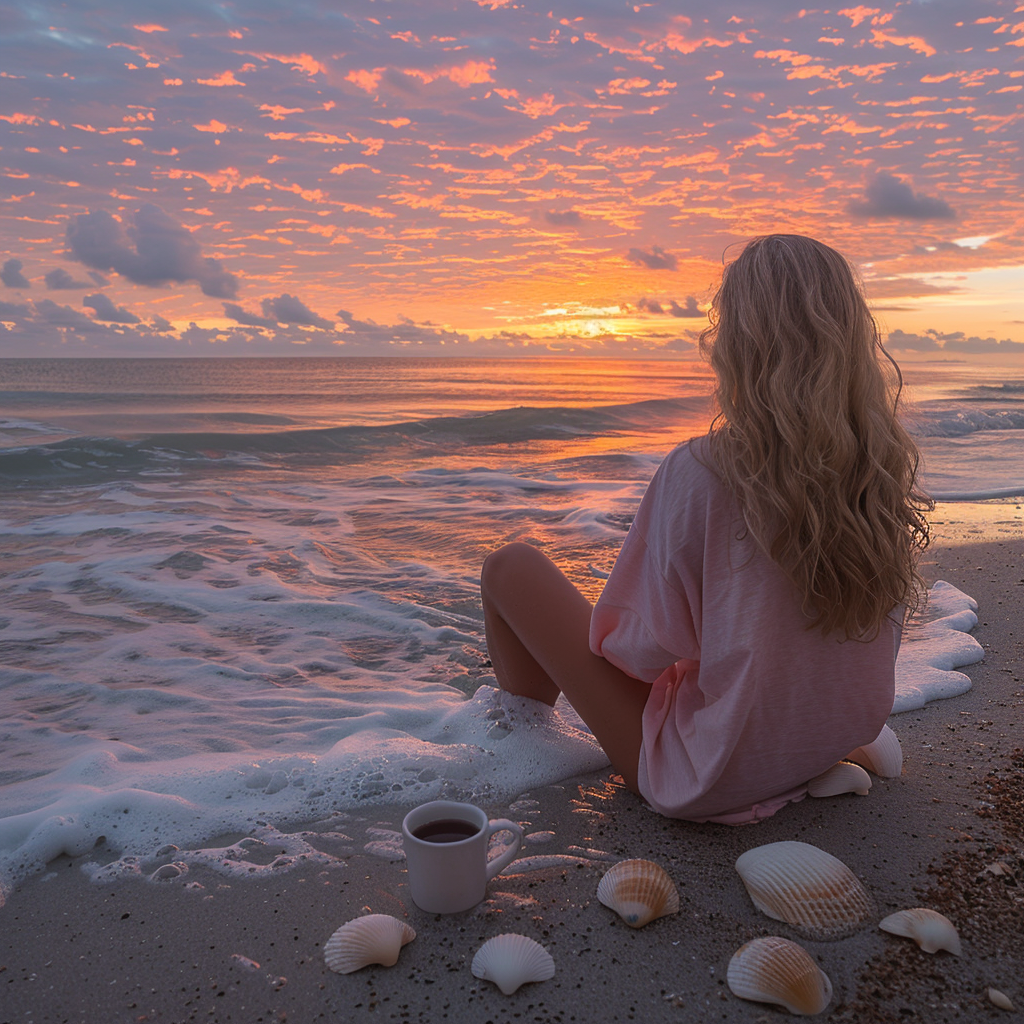
I’m Ayla Wolesky, and I’ve spent years exploring every corner of Sanibel Island. From its pristine beaches to the hidden gems only locals know about, I’m passionate about sharing everything this beautiful island has to offer. Whether it’s the best spots for shelling, the wildlife that makes Sanibel so special, or where to enjoy a perfect sunset, I’ve got you covered. My goal is to provide insider tips and up-to-date information that will help you experience Sanibel Island like never before.



